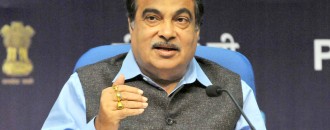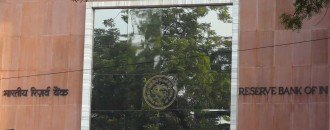
Growth numbers look strong only due to special factors, says RBI
With the RBI reducing the repo rate by 25 bps to 7.25% on Tuesday and then, in its commentary, virtually ruling out any further reduction later in the year, the focus is back fully on the government to spur India’s economic growth. Several questions, however, remain. Why did the RBI have to cut rates, if the economy is indeed growing at an annual rate of 7.5% (as the government claims)? While interacting with the media, RBI Governor Raghuram Rajan touched upon this issue, but didn’t completely rubbish the official government figures. “In the eyes of the rest of the world, it is a discrepancy why we feel the need for rate cuts when the economy is growing at 7.5%. Most economies growing at 7-7.5% are just going gang-busters and the issue there would be to restrain rather than accelerate growth. We still have very weak investment. Investment is very tepid, we have not seen a strong pick-up. Corporate results, even after adjusting for slow inflation, have been quite weak suggesting that demand is yet to pick up strongly. Those are reasons why we feel that the economy is below potential and output gap is still negative. Even with the 7.5% growth numbers, there is some discussion of how much that includes special factors in the last quarter, including excise taxes and subsidies. When you subtract that, the growth in the last quarter does not look as strong,” Rajan said. Similarly, another question that comes to mind, given the weak export figures for FY2015 and the government’s efforts to make India an manufacturing export hub, is if the RBI is willing to realign its policies with the new government’s plans. Answering this question in the negative, Rajan said, “The RBI is not a cheerleader. There are other people in the economy who can play the role of a cheerleader. Our job is to give people confidence in the value of the rupee, in prospects of inflation and create the longer term framework for good decisions to be made. Every time an exporter tells me that stability has been very valuable for us to make decisions that reinforces my belief that these are our main roles.” On the other hand, highlighting some of the potential risks for the Indian economy, Rajan said, “The biggest uncertainty that we are facing at this point is the outcome of the monsoon and the policy reaction to that. There have been El Ninos in the past with reasonable or poor rainfall which have not led to fall in production. There have also been years with poor production which has not led to inflation. So each path of the sequence is fraught with uncertainties. We need to figure out how this plays out and the government action is very important. For example, in 2002-03 there was very weak rain but you had very limited inflation partly because of government action. We think the economic recovery is still slow as evinced by corporates. We also believe that there is some checks on upside risks to oil prices — that is shale production which comes in at 70-plus dollars.”
June 03, 2015 | 05:46 pm IST.






 to success.
to success.